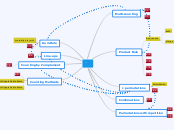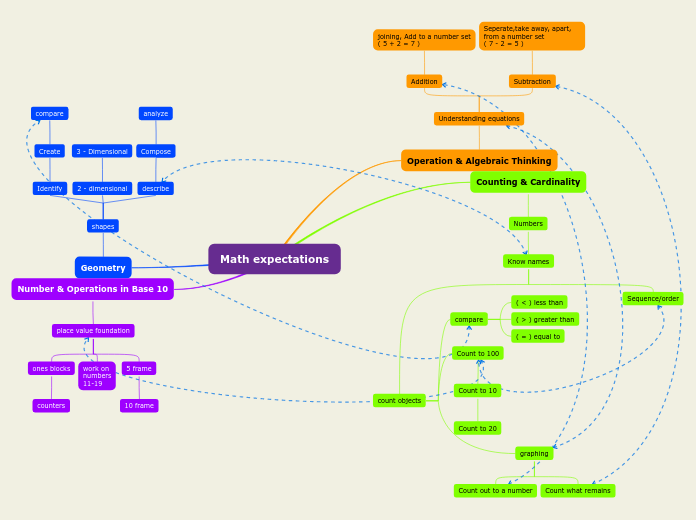Probability Map
Counting
Combinations Rule
nCr
Permutations When Items are Identical
n! / n1! * n2! * nk!
Permutations When Items are Different
nPr
Factoral Rule
n!= 1*2*...n
Fundamental Rule
P(E)= number of outcomes with E/ total number of outcomes
Classical Approach to Probability
s/n
P(A)= number of ways A occurs/ number of different simple events
Conditional Probability
P(B/A)= P(A and B)/P(A)
Complementary Events Rule
P(A) +P(À)= 1, P(A)= 1-P(À), P(À)= 1-P(A)
Probability of Atleast One
P(atleast 1__)= 1-P(o___)
Relative Frequency Approximation of Probability
P(A)= Number of times A occurred/ number of times the procedure was repeated
Multiplication Rule "AND"
Dependent
P(A and B)= P(A) * P(B) - P(B/A)
Independent
P(A and B)= P(A) * P(B)
Addition Rule "OR"
Non Mutually Exclusive
P(A or B)= P(A) + P(B)- P(A and B)
Mutually Exclusive
P(A or B)= P(A) + P(B)









